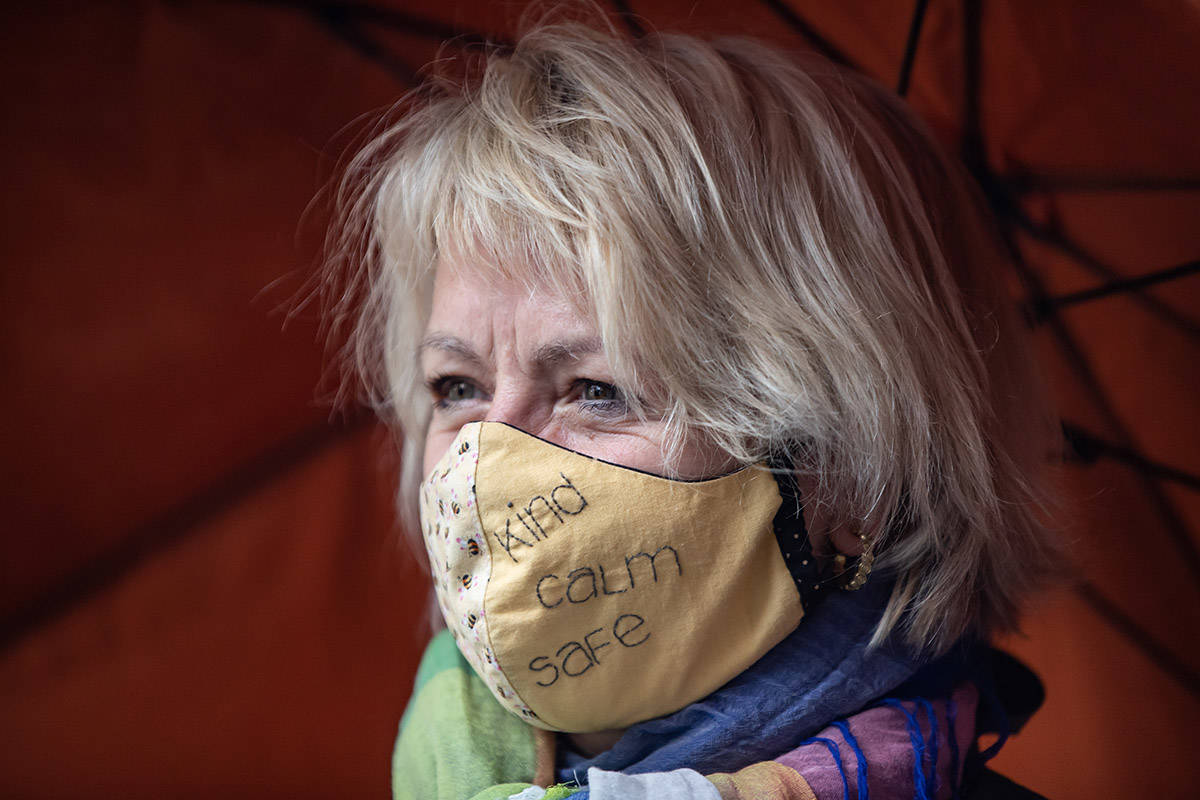Be calm. Be kind. Be safe.
People from British Columbia will recognise these six words as our provincial health officer’s mantra.
In this COVID-19 world, Dr. Bonnie Henry is a celebrity.
She has a fan club, a signature John Fluevog shoe, and yes, the New York Times called her one of the world’s most effective public health officials.
Personally I think Dr. Bonnie’s a rock star because she personifies compassion — specifically, Compassionate Leadership.
Compassion Perks.
Since research confirms that compassion is key when we’re confronted by suffering, then with the COVID-inflicted pain — health, economics, civil unrest — Compassionate Leadership is vital.
Here’s what I mean:
- Compassionate Leadership can ease our pain, helping us move through difficulties, recover and even grow from adversity.
- Leaders communicating with compassion foster an environment where people feel more connected to each other.
- Compassionate Leadership breeds compassion. When we’re compassionate toward others, we feel better ourselves and can bring more of our best to challenges.
And no, this isn’t Mary Ellen’s version of the world.
Stanford researcher Dr. Monica Worline and others have found:
- A compassionate work environment is a major driver of employee commitment and retention.
- Engagement scores in compassionate work environments trend significantly higher.
- Every quality measure studied jumps when people feel they “work in a place where my colleagues are compassionate to me.”
- Companies that invest to create a more compassionate work environment become more profitable — especially in the wake of jolts (um, I’m thinking that’s COVID).
I know, right?
COVID’s Compassion Lessons.

Although there’s only one Dr. Bonnie, others have also shown extraordinary compassion.
I recently facilitated a panel for the BC Care Providers Association virtual conference that included two leaders: one from a hard-hit nursing home and another from a health authority. Both women showed remarkable Compassionate Leadership.
Their comments resonate whatever sector you’re in.
#1 – Support from higher-up’s and the 7 p.m. pot-banging mattered.
Research and experience tell us that when we feel supported, we’re less stressed and more engaged. Gallup studies add that how we experience our workload has a stronger influence on burnout risk than the amount of work assigned.
At Langley Lodge, managers were on-site supporting staff every day of the nursing home’s 68-day outbreak, and the team knew the community was rooting for them too, with parades, local elementary students’ encouraging messages, and the rest of us banging pots at 7 p.m.
What can you do to support your team?
#2 – Psychological safety is vital.
COVID requires we comprehend and respond to ever-changing contexts. Things that work today may not work tomorrow.
It’s essential that teams feel comfortable admitting mistakes or failures, learning from those experiences, and openly sharing ideas and real emotions.
How can you grow your team’s psychological safety?
#3 – Compassion is a team sport. Workplaces influence what we notice, think, feel and do as individuals.
Compassionate Leadership creates organizational structures and processes that make it easier to express compassion toward others and ourselves.
A non-health care client recently piloted a mindfulness program for a large business unit and their staff appreciated it:
“With the world as it is, these sessions give us a welcome, reassuring, calming and constructive outlet to help handle the stress and uncertainty. They’ve GREATLY enhanced my experience as an XYZ Org. employee.”
What structures can foster compassion in your culture?
Beyond imagination.
The loss and suffering of the past six months has been unimaginable.
Except we’ve had to imagine it. And experience it. Ugh.
Additionally, with the second wave coming, learning from recent experiences is essential.
Practice Compassionate Leadership to build resilience for the COVID era and beyond.






